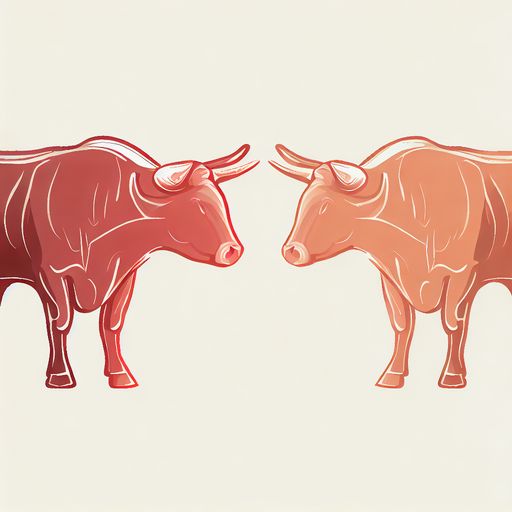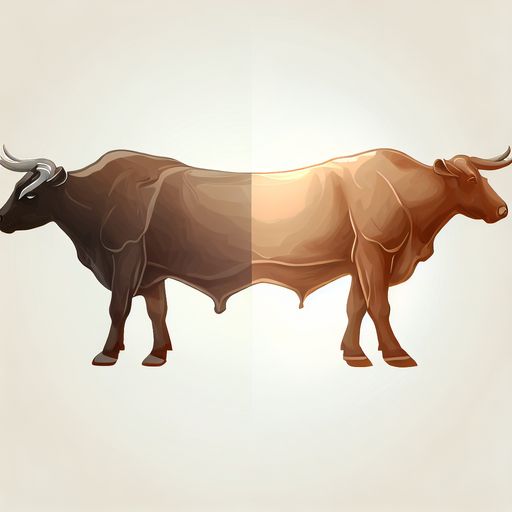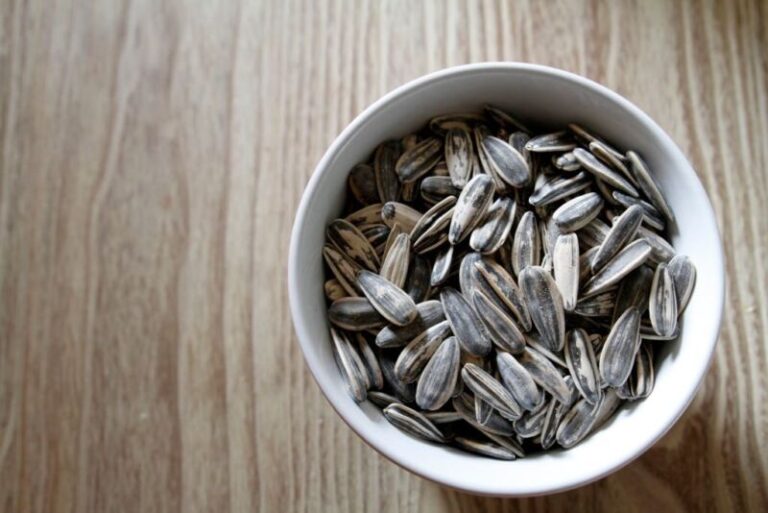What’s The Difference Between Ox And Beef?
Have you ever come across ox meat at the butcher or grocer and wondered how it’s different from regular beef? With labels like “oxtail” and references to oxen as dairy animals, it’s understandable why there may be confusion between ox and beef.
This article will clarify the distinction between the two by exploring the history and evolution of cattle farming over time. We’ll look at how the change from oxen as work animals to modern beef production practices shaped the meaning of these terms.
By the end, you’ll understand that ox and beef essentially come from the same animal today. The main difference lies in terminology based on the animals’ backgrounds and uses historically.
The Difference Between Cattle, Oxen, Bulls, And Cows
First, let’s start with some definitions for cattle and the specific types:
- Cattle refer to domesticated bovine animals raised for meat, milk, leather, and other by-products. There are many different breeds of cattle.
- Adult female cattle are called cows. They must give birth at least once to be considered cows.
- Young female cattle are heifers until they have their first calf. Then they become cows.
- Intact adult male cattle are bulls. Bulls are kept for breeding.
- Oxen are cattle that have been castrated as young males. They are then trained as draft animals.
The terms ox and beef come from how these different cattle were used historically on farms.
Evolution of Farming Practices
Originally, cattle served multiple purposes on farms and homesteads. Milk-producing cows provided dairy. Oxen pulled plows and wagons as docile work animals.
When cattle could no longer work or produce milk, they were slaughtered for their meat. The meat from cows and working oxen became differentiated as beef and ox meat respectively.
It was discovered that the meat from young castrated males had better flavor and tenderness compared to meat from older bulls. As a result, the standard practice became castrating most young male cattle to raise them for beef.
In the United States beef industry, these castrated males are referred to as steers. Other areas may still use the traditional term oxen.
Decline of Oxen in the Beef Industry
Over time, oxen became less common with the advent of modern machinery like tractors. Farmers no longer needed to rely on the brute strength of ox teams for plowing fields or hauling loads.
While oxen are still used in some regions, they are virtually nonexistent in the American beef industry today. The terms ox meat and oxtail have stuck around, but no longer imply meat only from working bullocks.
This makes ox meat hard to find in many areas. “Oxtail” sold for consumption is just the tail of regular beef cattle.
Beef vs. Ox Meat

Given the changes in farming, here are the key differences between beef and ox meat:
- Beef refers to meat from cattle in general – cows, steers/oxen, or bulls. Gender and castration status does not matter.
- Ox meat historically came only from castrated male work oxen. Now it can also come from regular beef cattle, male or female.
The only distinction still made is between beef and veal.
Veal refers exclusively to meat from calves less than a year old. Any meat from cattle older than calves can be classified as regular beef, whether from steers, cows, oxen, or bulls.
Taste and Characteristics of Ox Meat
If ox meat today can come from various cattle, does it taste noticeably different from other beef?
The answer is no. Ox meat has the same taste and characteristics as beef from cows or steers.
The most significant factors that affect the flavor and texture of beef are:
- Age – Veal is more tender than beef from older cattle.
- Tenderness – Depends on the cut of meat and the breed of cattle.
- Marbling – Intramuscular fat that melts during cooking, making meat juicy.
- Overall fat – Gives more flavor but can make certain cuts too tough.
There are some subtle taste differences between beef from cows, steers/oxen, and bulls. They mostly come down to texture:
- Cow beef tends to be slightly less tender and leaner.
- Steer/ox beef is very tender and well-marbled. Considered the best for steaks and roasts.
- Bull beef is fine-grained but can be a bit stringy due to exercised muscles. Flavorful for stews and ground meat.
But with modern breeding and feeding practices, these variations are minimized. The average consumer is unlikely to notice a major difference eating ox meat versus steer or cow beef.
Meat from an Ox or Steer
Muscle usage and development is very similar between castrated oxen and other cattle raised for beef. This means the cuts of meat will be identical.
Common retail cuts from an ox or steer include:
- Rump roast or rump steak – From the hindquarters, lean and flavorful. Good for roasting or grilling.
- Sirloin steak – From near the hip, with more marbling. Good for grilling.
- Round – From the rear leg, with major muscles like eye of round, top round, and bottom round.
- Chuck – From the shoulder and neck, flavorful but tough. Used for braising and ground beef.
- Rib – From along the upper rib section. Has marbling and tender meat for grilling. Also used for rib roasts.
- Loin – From along the spine between the ribs and hip. Can be cut into strip loins, tenderloin, T-bone steaks.
- Shank – Lower leg below the knee/hock. Flavorful for stews.
- Brisket – Breast below the chuck. Tough but flavorful, good for braising.
Ox offal or organ meats like tongue, liver, kidneys are also consumed. These have a distinctive texture and rich flavor.
Taste of Oxtail
One cut of meat that does directly reference oxen is oxtail. This bony, collagen-rich beef tail needs long, slow cooking but rewards you with unparalleled flavor.
Braising is the most popular cooking method for oxtail, allowing you to break down the connective tissue. Beef oxtail broth makes a rich base for soups or stews.
Oxtail’s taste is comparable to osso buco or beef shank– intensely meaty and beefy, with notes of bone marrow. It’s highly sought after by fans of nose-to-tail cooking.
Conclusion
While cattle were once raised either for meat (beef) or labor (oxen), improvements in farming and butchery have mostly combined these purposes.
Today, beef and ox meat can come from cows, steers, bulls, and oxen raised specifically for meat production. The main distinction is between beef and veal from calves.
So if you see ox meat at the store, rest assured it will taste like quality beef, with “oxtail” simply referring to the traditional name for beef tail.
I hope this article clarified the historical differences between oxen and beef cattle, dispelling any confusion between these terms. Let me know in the comments if you have any other meat labeling questions!






